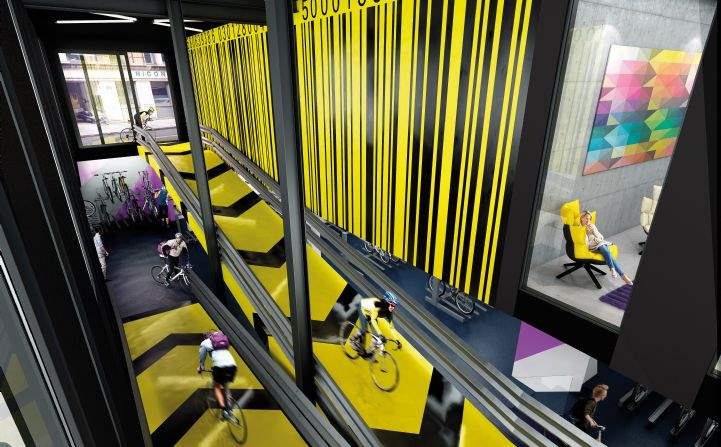The combination of a growing population and the structural changes that have come about as a result of the online retail revolution has seen a huge surge in the demand for warehouse space, particularly in urban environments.
However, political will and simple land value economics would suggest that focus remains largely on residential development. What’s clear is that a warehouse and a three-bed flat in Zone 3 in London do not make natural bedfellows, but with industrial land being eroded three times faster than forecast, can the two come together to find a solution and save the city’s supply chain?
SEGRO, in conjunction with Turley, recently launched its Keep London Working report, which highlighted just how acute the problem has become. With the Capital losing more than 260 acres of industrial land per year, it is time for the industry to speak up. The report has been instrumental in looking at the amount of strategic land that is available and how it’s being utilised, but what has become increasingly apparent is that no one size fits all when it comes to types of occupier and their requirements. Whether it’s a multi-storey warehouse or a mixed-use industrial/resi scheme we need to find an answer to a problem that, without intervention, is only set to get worse.
The idea of beds and sheds is not new, for instance in King’s Cross, Travis Perkins has tied up with Unite to provide student accommodation above one of its warehouses. Similarly, although slightly less overt, is SEGRO and Barratt’s latest project in Hayes where 12 acres of industrial space is set to sit side by side with residential.
Nonetheless, despite these working examples, people have yet to change their perception of the industrial and logistics industry, which for some remains synonymous with noisy HGV’s and dirty yards, despite this no longer being the case due to the sector’s increasing emphasis on sustainability and protecting the environment.
In reality, is it really any different to living up against a railway line or next to a dual carriageway? With smart building design it could even present a better option for many.
At this point, occupiers that had the option to leave the Capital have done so, largely to avoid increasing rents and the struggle to find suitable space. However, those left behind are there to service explicitly the London economy and for this reason they are going to want to remain between the North and South Circular and within the M25. This alone proves that industrial land is essential to keep the city moving.
Actually putting these combined uses together has been done, the buildings have been built and most importantly it works, but now it’s all about scale. With increasing recognition from the Government and the GLA regarding the importance of industrial land, surely it is only a matter of time before beds and sheds are a familiar feature of London’s landscape?
Further information
Contact Savills Industrial & Logistics or read 'Beds and Sheds and the need for industrial led mixed use'
(1).jpg)
.jpg)
.jpg)

